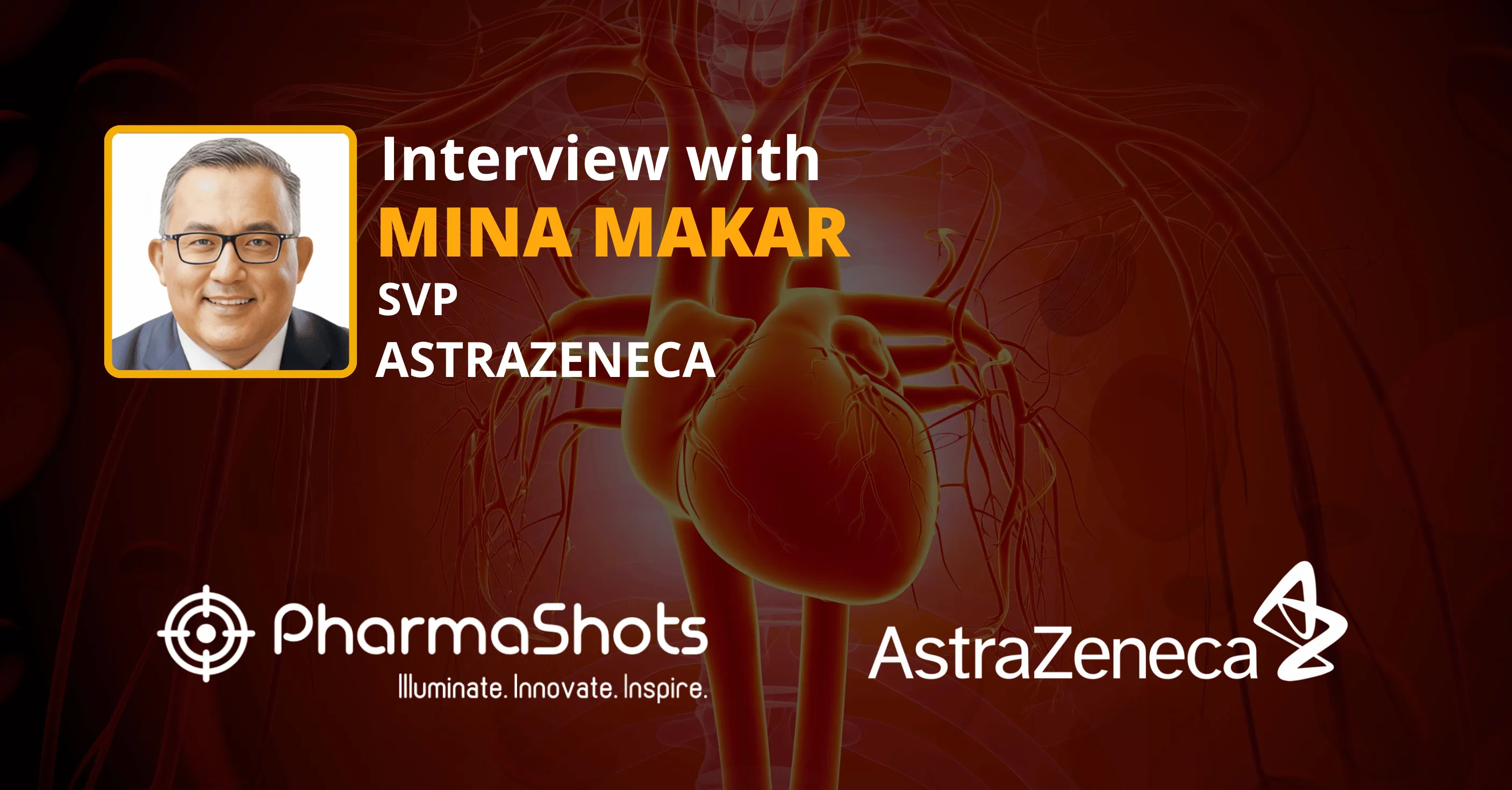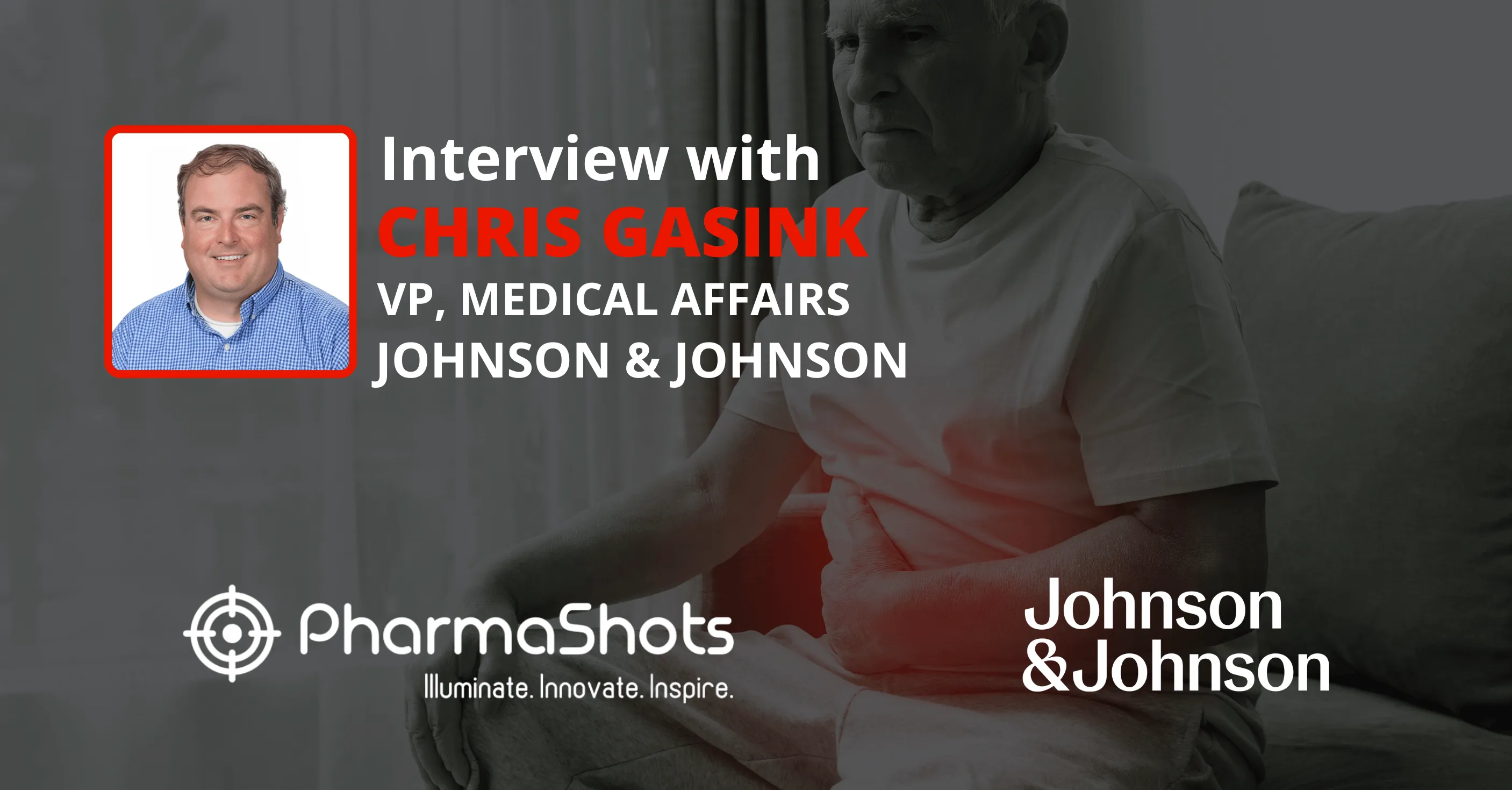
Helen Yeh & Naim Shehadeh in a Stirring Conversation with PharmaShots, Highlight the Results from T2NOW Study
Shots:
- At the EASD, AZ announced positive results from the T2NOW P-III study that evaluated the efficacy and safety of Forxiga as an add-on treatment in children and adolescents with T2D receiving metformin, insulin, or both
- Helen Yeh, VP, CVRM Therapy Area Biopharmaceuticals Medical at AstraZeneca, and Naim Shehadeh, Professor of Endocrinology, Rambam Health Care Campus, Israel, in an invigorating conversation with PharmaShots
- The article presents a detailed take on Forxiga’s T2NOW study, its study design, and how it is different from the T2GO study
Saurabh: Can you share the information with our readers regarding how many posters, oral session etc were presented by AstraZeneca at EASD 2023?
Helen: This year, AstraZeneca presented 10 abstracts, all of which are full podium oral presentations or short oral presentations at the European Association for the Study of Diabetes (EASD).
Positive results from the T2NOW Phase III study were presented on October 4th, 2023, and simultaneously published in The New England Journal of Medicine Evidence.
Saurabh: We are very excited to hear about the positive results of Forxiga – can you please share the findings from this trial and the significance of these results?
Naim: Forxiga met the primary endpoint in T2NOW Phase III trial, one of the largest pediatric type-2 diabetes (T2D) studies performed to date.
The T2NOW trial showed that Forxiga demonstrated significant reduction in A1C (%) (p<0.001), compared to placebo. Adjusted mean change in A1C was −0.62% for Forxiga versus +0.41% for placebo, a difference of −1.03% (95%CI: -1.57, -0.49; p<0.001). The safety results in this patient population were consistent with the well-established safety profile for Forxiga in adults with T2D.
The data from the study should provide a valid basis for establishing the efficacy and safety of Forxiga as an add-on treatment in children and adolescents with T2D receiving metformin, insulin or both. This is an important moment for this patient population as the prevalence of T2D in children continues to increase, yet limited oral treatment options are available.
Saurabh: What was the study design for P-III study (T2NOW)?
Helen: The trial was designed to evaluate the efficacy and safety of Forxiga as an add-on treatment in children and adolescents with T2D receiving metformin, insulin or both. 245 patients aged 10-17 years were randomised to Forxiga, saxagliptin or placebo. Those receiving an active drug were further randomised to continue their current dose, or up-titrate to a higher dose of the same active treatment. The primary endpoint was change in A1C after 26 weeks vs placebo for Forxiga (5 or 10 mg) or saxagliptin (2.5 or 5 mg).
Saurabh: We would be happy to know about the differences (in terms of study design, result, patient population etc.) between T2NOW and T2GO studies?
Helen: The T2GO study was a multicenter, randomized, double-blind, parallel group, Phase 3 trial of 72 patients aged 10-24 years with T2D to evaluate the comparative efficacy and safety between Forxiga and placebo. The primary outcome of change in HbA1c concentration in the T2GO study was not significant in the intention-to-treat analysis of children, adolescents, and young adults with T2D receiving Forxiga in addition to standard-of-care treatment. The nominally significant reduction in HbA1c in the prespecified per-protocol analysis combined with the overall evidence (Phase I PK/PD study and a Phase III RCT) and high unmet need of the patient population was sufficient to obtain a positive CHMP opinion, which made Forxiga the first SGLT2 inhibitor to be approved for pediatric T2D patients.
The T2NOW study was a randomized, double-blind, placebo-controlled Phase III trial of 256 patients aged 10-17 years with T2D to evaluate the efficacy and safety of Forxiga as add-on treatment in children and adolescents with T2D receiving metformin, insulin or both. The T2NOW trial is one of the largest pediatric T2D studies performed to date. Forxiga met the primary endpoint of change from baseline in HbA1c in T2NOW Phase III trial. The safety results in this patient population were consistent with the well-established safety profile for Forxiga in adults with T2D.
Saurabh: As you have mentioned, Forxiga is currently not approved in paediatric patients with T2D in the US so what will be your further move towards its regulatory submission?
Helen: The trial results bring fantastic news to this patient population, given the prevalence of T2D in children and adolescents is increasing and there are limited oral treatments options available.
We hope this data will provide a valid basis for an FDA submission to extend the indication of Forxiga in the US to include children and adolescents with T2D.
Saurabh: What is AZ’s strategy for Line of extension/ Life cycle management for Forxiga?
Helen: In just over a decade, AstraZeneca has built Forxiga into an industry-leading blockbuster medicine across type-2 diabetes, chronic kidney disease (CKD) and heart failure (HF) - most recently becoming the first SGLT2 inhibitor to demonstrate mortality benefit across heart failure, regardless of ejection fraction. It is also the only SGLT2 that has demonstrated mortality benefit across CKD.
Cardiovascular, renal and metabolic (CVRM) diseases affect hundreds of millions of people around the world. Science has advanced our understanding of how CVRM diseases are interconnected and where there is still a significant unmet need. As a result, AstraZeneca is now raising the bar on addressing these unmet needs by leveraging the strength of Forxiga in novel combination mechanisms, which will address multiple risk factors and target CVRM disease drivers for those patients currently not well managed despite effective treatment.
Image Source: Canva
About the Author:
Helen Yeh

Helen Yeh is the Vice President of the CVRM Therapy Area, BioPharmaceuticals Medical, at AstraZeneca. Yeh joined AstraZeneca in 2010 and has served in roles across therapeutic areas, focusing on accelerating the development of the team's medical affairs capabilities. She was appointed to her current role in March 2020 and is responsible for driving growth and innovation for the four inter-related disease areas: metabolic, heart failure, arterial vascular disease, and kidney diseases. She holds a BSc MSc Ph.D. in Pharmacology from the University of Manchester, UK.
Professor Naim Shehadeh

Professor Naim Shehadeh is the Director of the Russell Berrie Galilee Diabetes SPHERE and President of the Israel Diabetes Association. An endocrinologist, he graduated from the Ruth & Bruce Rappaport Faculty of Medicine of the Technion-Israel Institute of Techology (1983).
His main research topics are in the fields of pathogenesis and prevention of type-1 diabetes, the effect of orally administered insulin on the digestive system, treatment and prevention of complications in type-2 diabetes and education for a healthy lifestyle and access to health services for disadvantaged peripheral populations.
Related Post: Kylen Cieslak and Robert Ley Discuss the Expansion of Thermo Fisher Scientific’s Services Central in the US & EU
Tags

Saurabh is a Senior Content Writer at PharmaShots. He is a voracious reader and follows the recent trends and innovations of life science companies diligently. His work at PharmaShots involves writing articles, editing content, and proofreading drafts. He has a knack for writing content that covers the Biotech, MedTech, Pharmaceutical, and Healthcare sectors.














